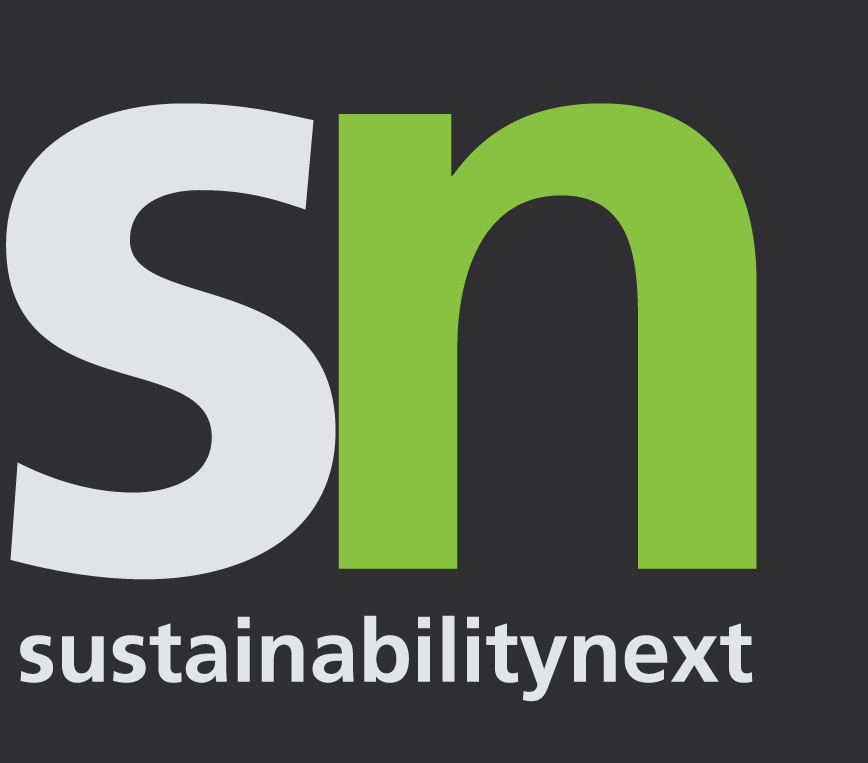The Government of India’s approval of the Offset Mechanism under the Carbon Credit Trading Scheme (CCTS), 2024, marks a meaningful evolution in India’s carbon market framework. For the first time, non-obligated entities, that includes private businesses, project developers, and community-led initiatives, will have a formal avenue to generate and trade carbon credits outside the compliance-driven boundaries of the Perform Achieve Trade (PAT) or Renewable Energy Certificate (REC) schemes. This move has been long-awaited by market participants and opens the door to a more inclusive, participatory carbon ecosystem.
EKI Energy Services Ltd., a pioneer in carbon asset management, has welcomed this regulatory greenlight. From the standpoint of a market developer, this approval signals not just policy readiness but market intent. With a formalised offset structure and methodology guidance, the rules of engagement are finally taking shape.
Why This Matters
Historically, India’s carbon market landscape has lacked a regulatory spine to support a unified national trading platform. Voluntary credits existed—but operated in isolation from state-backed frameworks. With this mechanism now in place, India can harness both its mitigation potential and its appetite for low-carbon growth. It allows companies and organisations without emissions obligations to voluntarily reduce their carbon footprint, generate credits, and feed them into a structured market.
The eight approved methodologies, covering renewable energy, green hydrogen, industrial energy efficiency, landfill methane recovery, and even mangrove afforestation—are not just checkboxes. They reflect an effort to build diversity and rigour into the scheme from the outset. Notably, the inclusion of nature-based solutions alongside industrial and energy-heavy methodologies signals a broadening of how India views climate action: from infrastructure alone to ecosystem services as well.
Incentivising the Margins
One of the biggest advantages of a functioning offset mechanism is its ability to bring climate finance to the periphery, be it marginalised communities, small renewable energy providers, or rural enterprises. A farmer’s collective managing mangrove afforestation or a mid-sized factory investing in energy-efficient machinery can now, in principle, participate in this market and receive financial value for their contribution to mitigation.
This also has implications for India’s climate justice agenda. If implemented with integrity and equity, this framework could foster regional participation, promote co-benefits like biodiversity conservation and employment, and ensure that carbon markets don’t just become profit pools for the largest players.
The Role of Institutions
For project developers and consultants the road ahead is both an opportunity and a responsibility. As one of the most experienced carbon credit suppliers globally, EKI’s role in project design, MRV (Monitoring, Reporting and Verification), and credit generation will be central to how efficiently this framework is absorbed on the ground.
EKI’s scale and experience—spanning 200+ million offsets supplied across 40+ countries—positions it to guide Indian entities through this new mechanism. Their involvement can also help maintain methodological rigour and avoid some of the pitfalls that have plagued other markets, such as questionable baselines or credit overissuance.
What Still Needs Work?
While this approval is a major policy shift, the real challenge lies ahead. Three things will be critical:
- Institutional Readiness:
The designated registry, verification authorities, and credit issuance protocols must be established with urgency and integrity. Delays or opaque processes could erode trust before the system finds its footing. - Market Linkages:
The new offsets must find demand. While domestic compliance buyers may eventually emerge, the scheme’s credibility will also depend on its acceptability in global voluntary markets. International validation and interoperability with Article 6.2/6.4 mechanisms under the Paris Agreement will be essential for broader uptake. - Safeguards and Integrity:
There must be clear guardrails to prevent greenwashing, double counting, or low-quality credit generation. Transparency in project registration, methodology application, and verification must be non-negotiable if this scheme is to withstand global scrutiny.
Structural Shift with Global Implications

India’s carbon market is no longer theoretical—it’s beginning to take operational shape. The approval of the Offset Mechanism is not just an administrative milestone, but a gateway to accelerating private-sector participation in climate action.
Companies have a unique opportunity to steer this ecosystem in the right direction—balancing climate ambition with market discipline. The offset mechanism, if implemented well, will do more than reduce emissions: it will channel finance into the hands of those making real changes on the ground.
This is how carbon markets should work—not just as compliance tools, but as mechanisms that reward climate leadership, equity, and innovation. India now has a framework to do just that. What comes next depends on how boldly, fairly, and transparently we choose to act.










